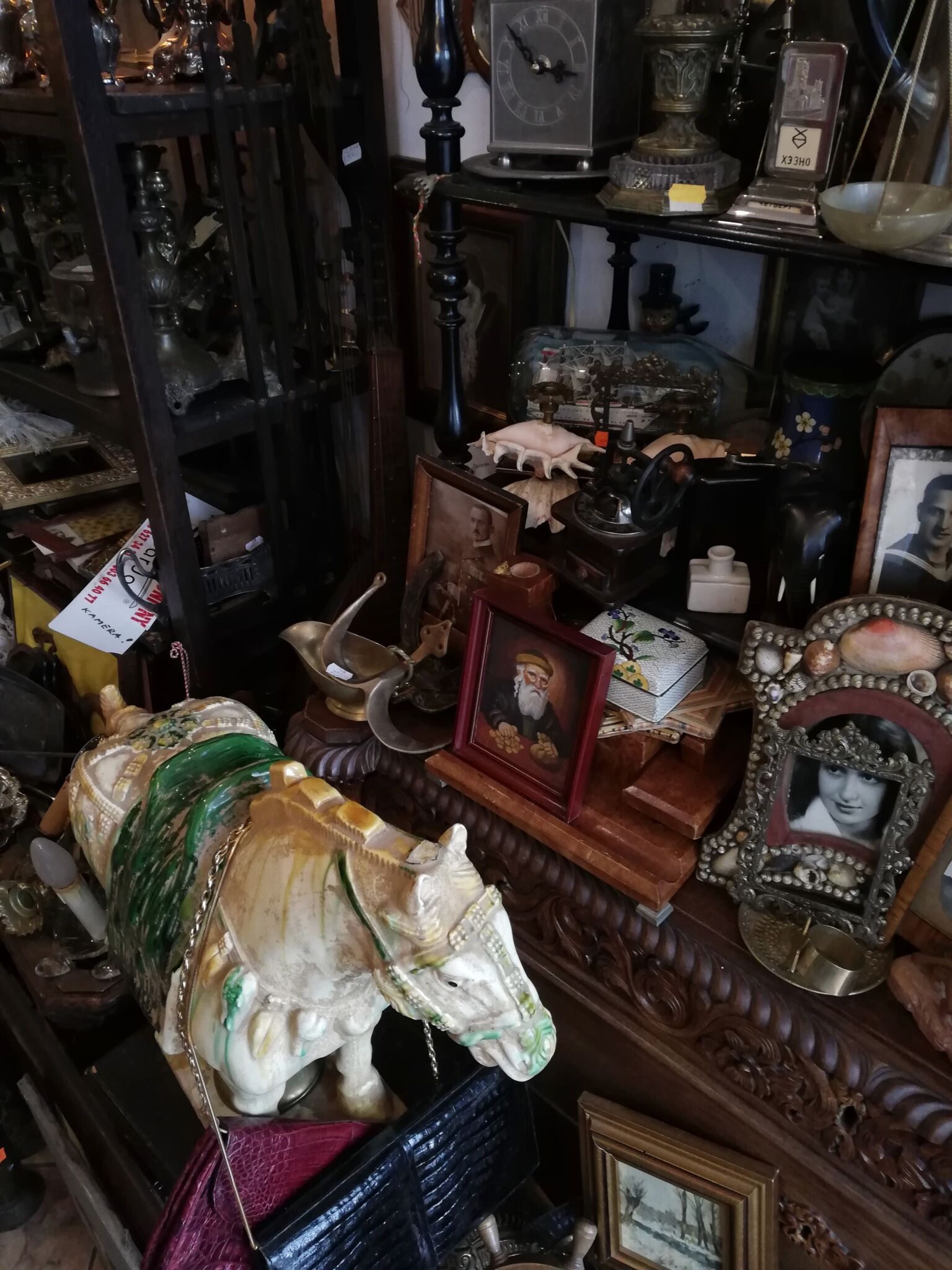Old is gold
Reflecting on antiques and vintage

Trends come and go, but valuable old items remain forever. Recently, we've noticed an increasing interest in vintage or antique pieces of art, furniture, or clothing. While these used to attract only collectors and rarity enthusiasts, now acquiring something old with a beautiful history is on the wishlist of many aesthetic lovers.

photo: Murushka Lalgith/Dupe
Antiques
An item is considered antique if it is over 100 years old. Most commonly, antiques include pieces of furniture and art. Why are antiques valuable? Firstly, the older an item, the less likely it is that similar pieces have survived. Therefore, antiques are about uniqueness and exclusivity. Secondly, antique items often have interesting histories, from their creation, the tales of their owners who passed them down through generations, to the places they have "visited" over their century-long existence. In addition to age, the artistic value of the item plays a crucial role in determining its antiquity. Ordinary old furniture or household items cannot be considered antiques. If similar items are no longer produced due to the loss of manufacturing technology, if the brand, artist, or craftsman no longer exists, and if the item cannot be reproduced or copied, it can be considered a valuable antique.

photo: Bady Abbas/Unsplash
Vintage
The term "vintage" comes from France and translates to "time-tested." An item is considered vintage if it is at least 20 but no more than 60 years old. However, not every old item qualifies as vintage. It should symbolize the era of its creation. Vintage items are easier to acquire than antiques because not as much time has passed since their creation. The era of fast fashion is gradually losing relevance, giving way to sustainable fashion. As a result, fashionistas worldwide are increasingly opting for unique vintage pieces instead of dozens of new items from the mass market. The popularity of vintage lies not only in ecological considerations but also in the homage to the brand's history and its creator, with people "hunting" for treasures from archival collections. Vintage is not mass-produced shirts or mittens knitted by your great-grandmother. Examples of vintage items include iconic archival models created during the brand founder's lifetime.

photo: Martha Olsen/Dupe
Where to buy
Previously, rare items could be acquired from collectors or at auctions, but now it is much easier. There are special antique furniture salons worldwide, almost every country has flea markets where rare items can be "unearthed," and for vintage clothing and accessories enthusiasts, there are interesting concept stores and resale platforms.

photo: Elise Deschamps/Dupe


